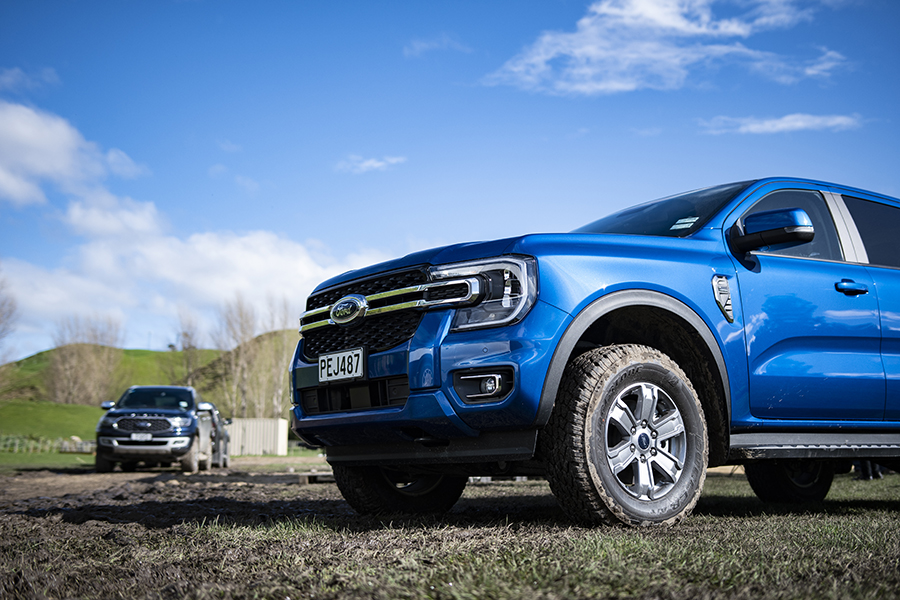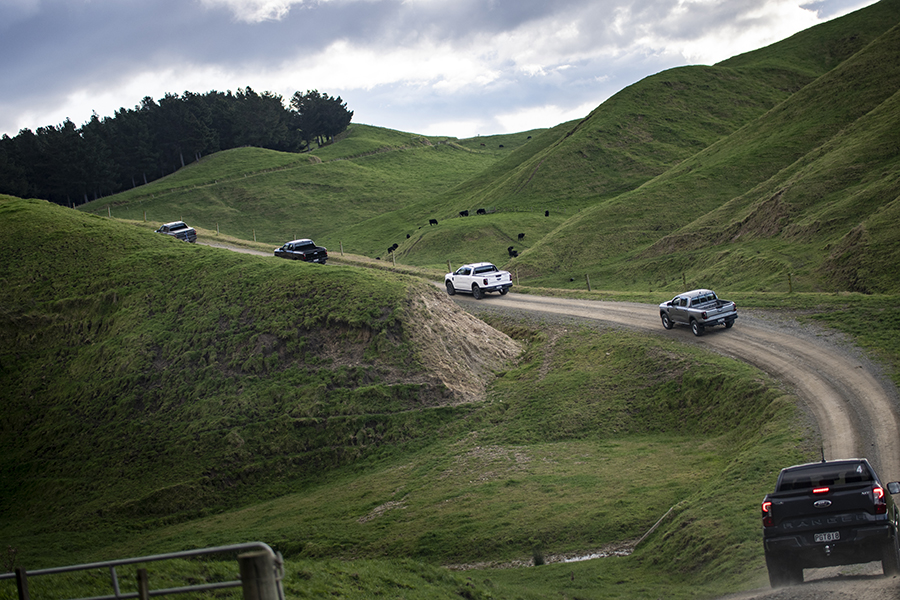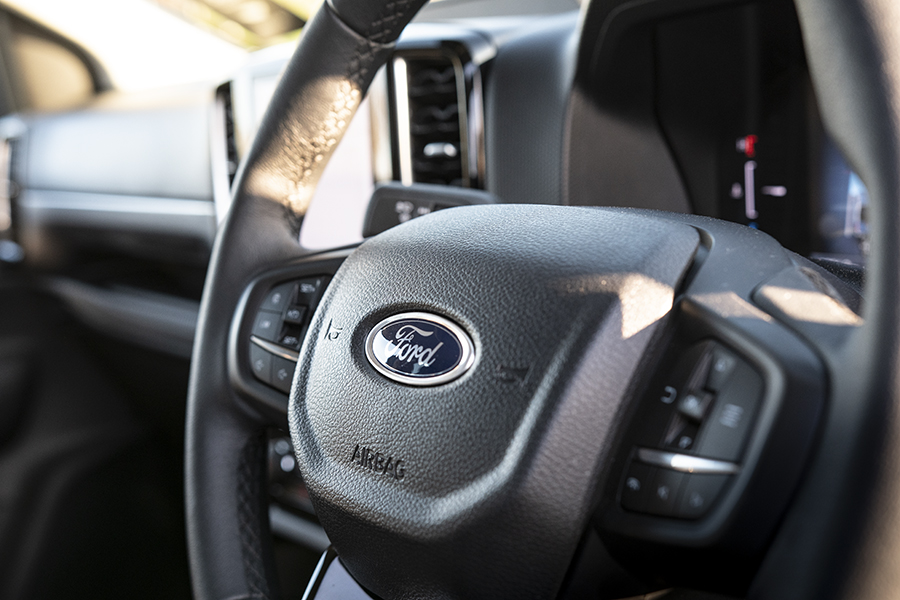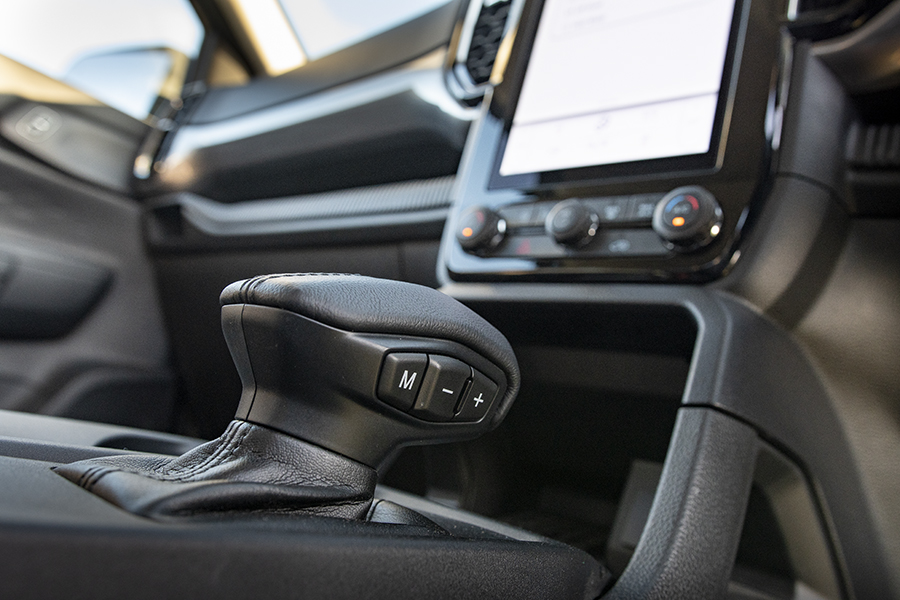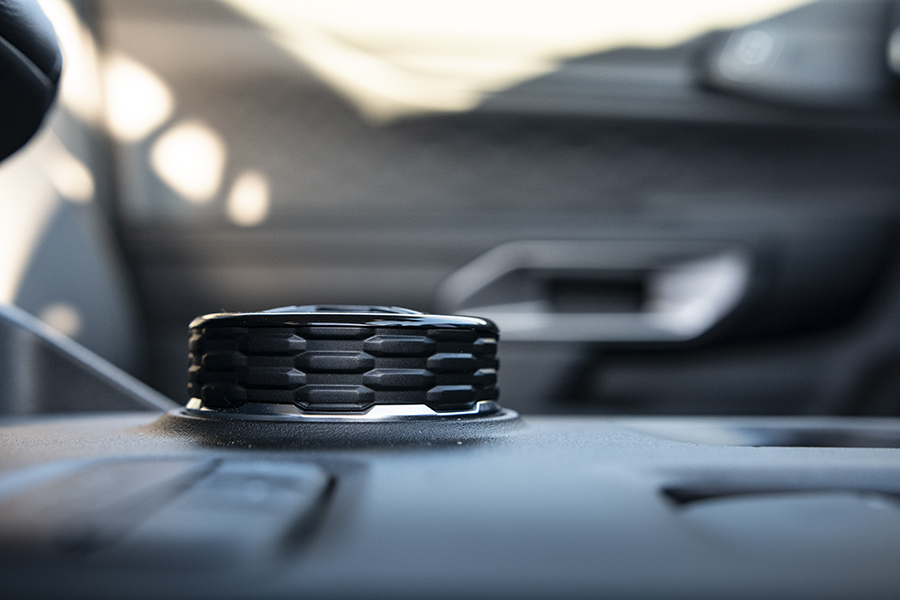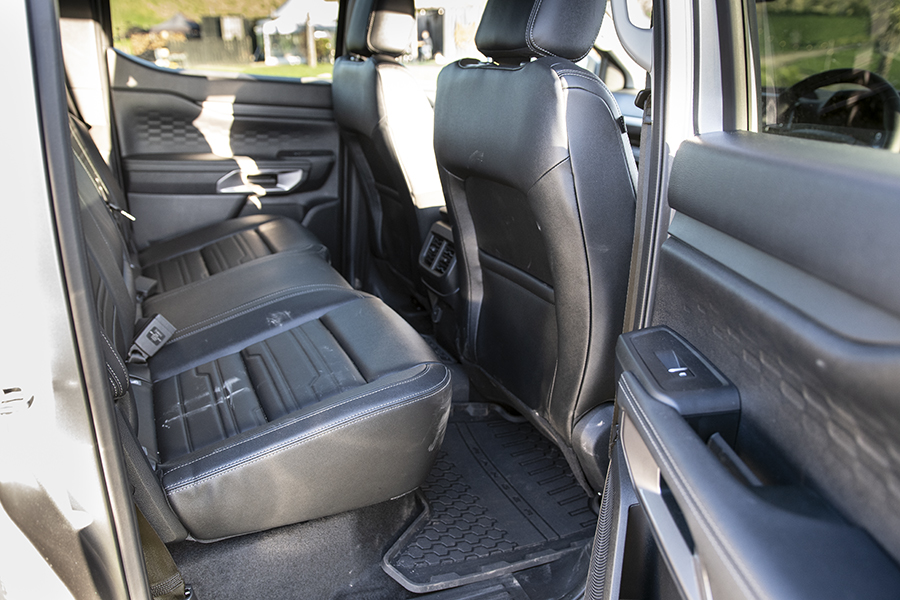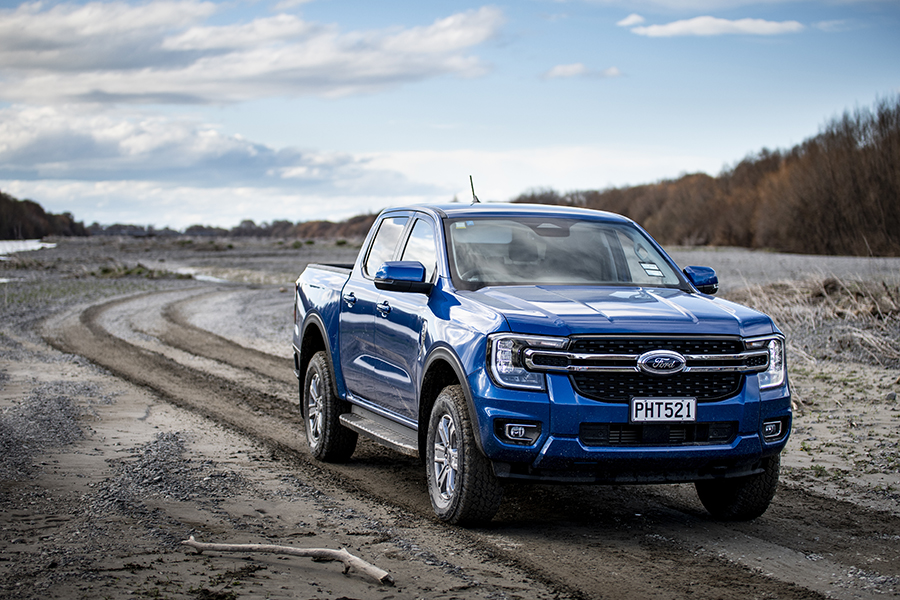
Such is the nature of New Zealand’s chaotic and unique new-car market that the most critical launch of the year isn’t a supercar or a hot hatch; but rather a pick-up.
The updated Ford Ranger isn’t quite all-new, but it’s mighty close. Its powertrain line-up is dotted with fresh engines, the T6 platform has been chopped and changed, and the cabin is almost unrecognisable.
The scale of the Ranger’s update cannot be underestimated, with the amount of work Ford’s engineers have done putting each of the Ranger’s key rivals on notice. A simple restamped rear tray and facelift, this certainly is not.
Ford New Zealand held the new Ranger’s launch in Hawke’s Bay this week, giving us a chance to sample the long array of tweaks on a series of gravel and paved roads.
The hour-and-a-bit drive, which included trails through private land, a few logging tracks, and some honking puddles created by recent rain, was actually quite mild. But it was also fairly typical of the kinds of roads Ranger drivers regularly traverse.
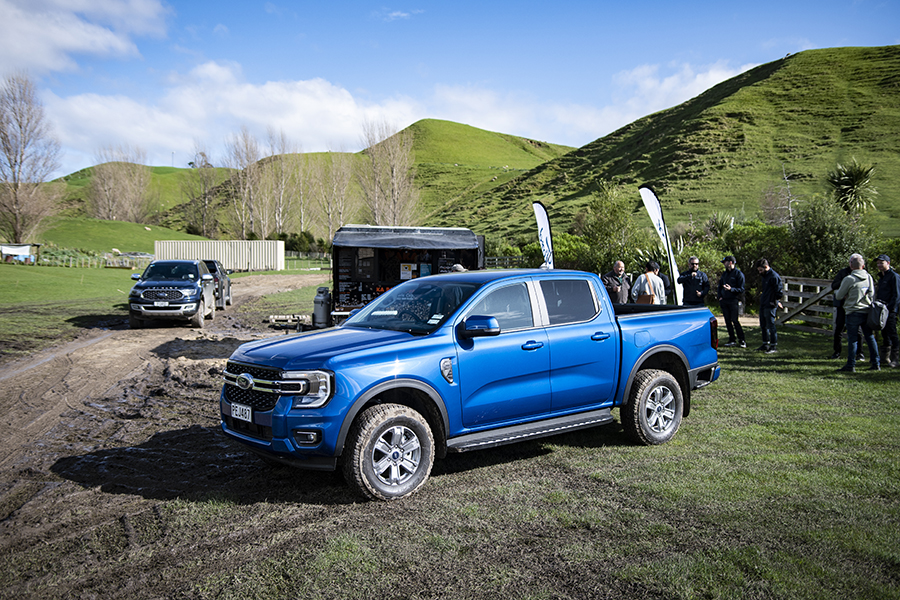
Available to drive at the event were some of the most important trim levels within the Ranger line-up. These included the volume favourite XLT with its updated 2.0-litre biturbo diesel, the mid-level Sport 3.0-litre V6, and the flagship Wildtrak in both 2.0 and 3.0 trim. There was also a humble single-turbo 2.0-litre XL for good measure, although we didn’t get to hop behind the wheel of that one.
The Ranger line-up starts at $46,990 for the XL single-cab two-wheel drive, and extends all the way to $80,490 for the Wildtrak V6 and $89,990 for the Raptor. Somewhere in the middle, the four-wheel drive XLT, Sport V6, and Wiltrak 2.0 we drove are priced from $66,990, $75,490, and $75,490, respectively. None of these prices include Clean Car levies, which can be up to $5175 on some models.
The powertrains are the tip of the Ranger’s change iceberg. The 154kW/500Nm 2.0-litre biturbo makes 3kW less power than it used to, but feels more refined and smooth thanks to several noise, vibration and harshness (NVH) tweaks, more robust pistons, a new oil filtration system, and more. The V6, meanwhile, is a 184kW/600Nm torque behemoth.
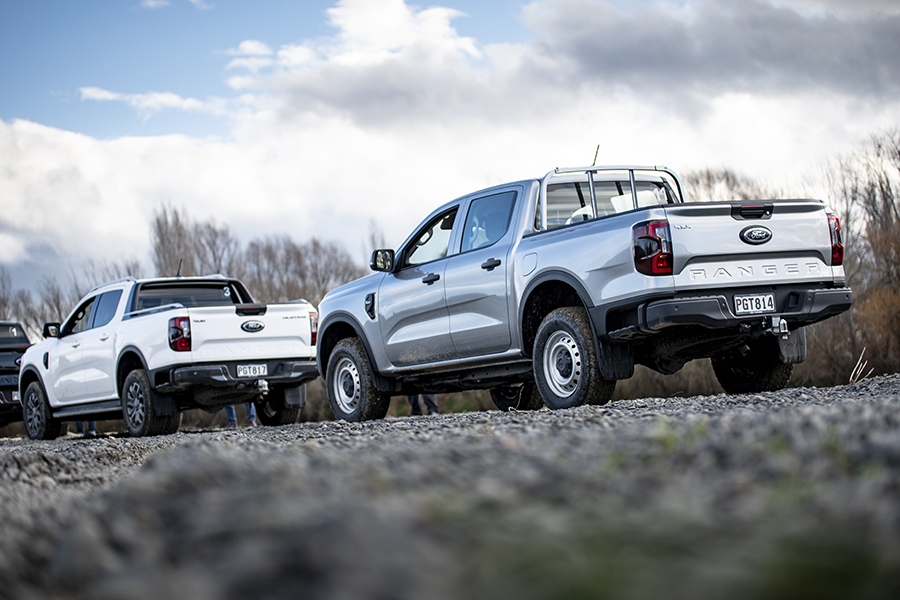
Beyond what’s under the bonnet, one of the biggest mechanical changes to the Ranger is its footprint.
Ford has pulled the front wheels 50mm forwards, with each wheel pulled 50mm outwards, too. Ford boasts that these changes make the Ranger feel more planted on the road, while also improving its approach and departure angles. Punters with an eye on the future would also note that the tweak probably frees up some space for a big ol’ battery underneath.
On top of getting a bigger footprint (noting that the Ranger’s outright dimensions are pretty much unchanged), the Ranger’s T6.2 underpinnings also sport a new frame, transfer case, and suspension package.
On the road, the Ranger feels more mechanically complete than ever. Its ability to soak up bumps, to articulate with aplomb, with find grip where you’d maybe struggle in some of its peers, was exemplary on the roads we saw. Admittedly it remains to be seen how it would perform on a tougher trail, or on more urban roads. Both of these aspects are things we will examine when we eventually get one for an extended test loan.
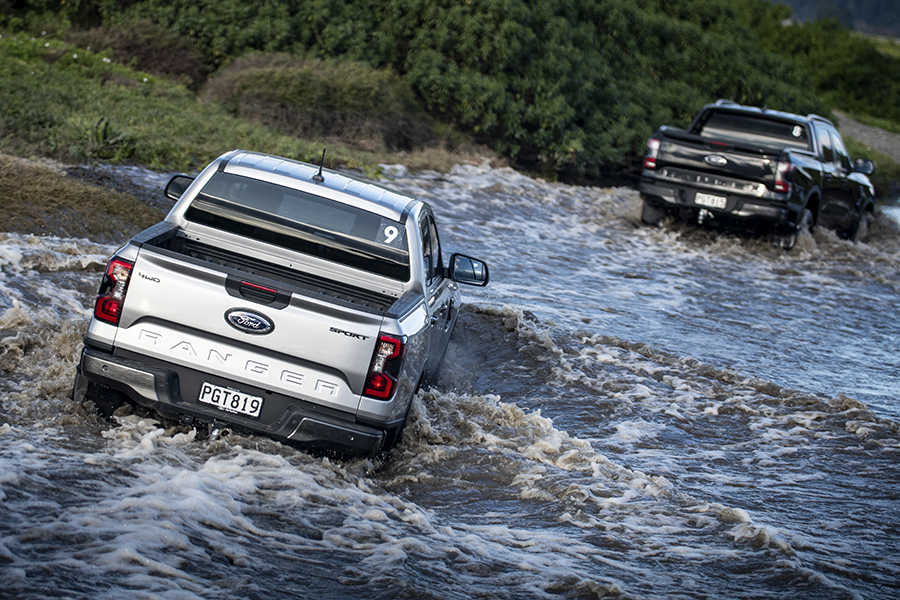
What we can definitively say is that the Ranger’s key powertrain pair, the 2.0 and the 3.0, are exceptional. This is no surprise in the case of the former, which we have gotten familiar with since its introduction to the line-up in 2018. The changes Ford has dealt to the powertrain aren’t transformative, but they are noticeable. It is measurably quieter than it used to be, while also feeling more linear and smooth in the way it navigates to redline.
The V6 is the real star, though; backing up the on-paper theatrics with a pleasant whooshing turbo soundtrack and oodles of punch when you plant the throttle. Ford fans wanted a powertrains with more oomph, and they’ve certainly got it.
It will no doubt impress those who simply want more power in the segment, but the V6’s real win is its versatility. Percolating at 50, it could easily be mistaken for the 2.0. If you need thrust in a hurry, peak torque arrives early at 1750-2200rpm. It does everything well.
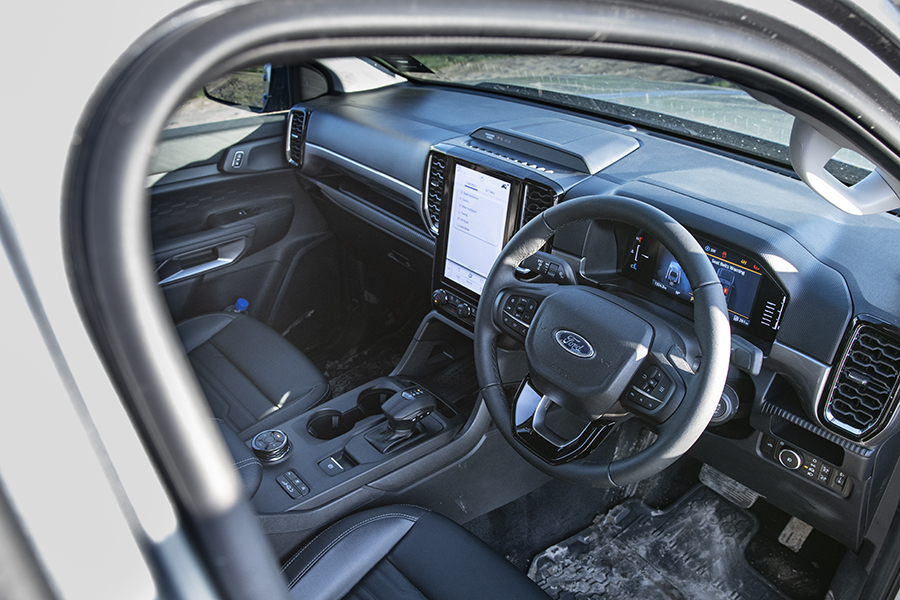
We think this will be a real selling point for those shopping for a ute based on towing capabilities (we’re yet to actually tow anything with the 3.0 just yet, but the early signs are very good). Not that us or Ford really needs to convince consumers on the V6’s virtues. In spite of diesel prices skyrocketing, V6 variants and Raptors make up more than half of the 5000+ Ranger orders that have been processed thus far.
Beyond the ride quality and engines, the Ranger’s driving experience has also been improved via the addition of more drive modes (Eco and Tow modes are now available in higher trims), and via the nameplate’s legion of new technologies.
The Ranger’s equipment list, if fully explored, could fill a paperback novel. So, we will attempt to corner the major aspects. Most of these stem from or are controlled by the Ranger’s new tablet touchscreen Sync4 interface, which comes in the form of a 10.1-inch screen in the XL and XLT and a 12.1-inch screen in the Sport and above. There’s also a full-size digital cluster available.
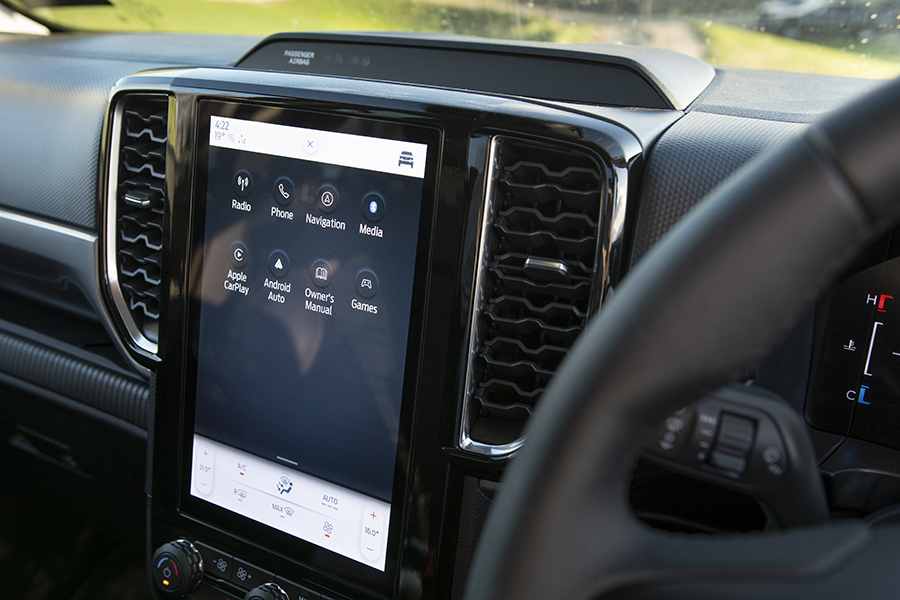
The amount of tech features is near bottomless. There’s a one-touch off-road button that brings up a forward-facing camera and the ability to lock the rear diff and set up hill descent (which, for the first time, works in reverse as well as in drive). For those who tow often, it gets an integrated trailer brake controller, BLIS (blind-spot monitoring software that can account for your specific trailer and warn you when vehicles are next to you), and trailer light check.
Overlanders will enjoy the extremely light puddle lamps and bed lighting, designed to help those loading and unloading at night and controllable via the FordPass app. Speaking over loading and unloading, there’s the popular addition of the ‘box step’ on the corners of the Ranger’s rear bumper, which makes fetching items from the bed a genuinely breeze. And the new cameras (the Wildtrak inevitably adds a 360-degree one) are the clearest in class.
The safety spec list is a long one, too, inclusive of adaptive cruise control that slows the ute to a complete stop, lane centering, road edge detection, and two new airbags; a passenger knee module and the all-important far-side airbag that inflates between the driver and front passenger. The latter should, touch wood, ensure a five-star ANCAP safety rating for the Ranger later this year.
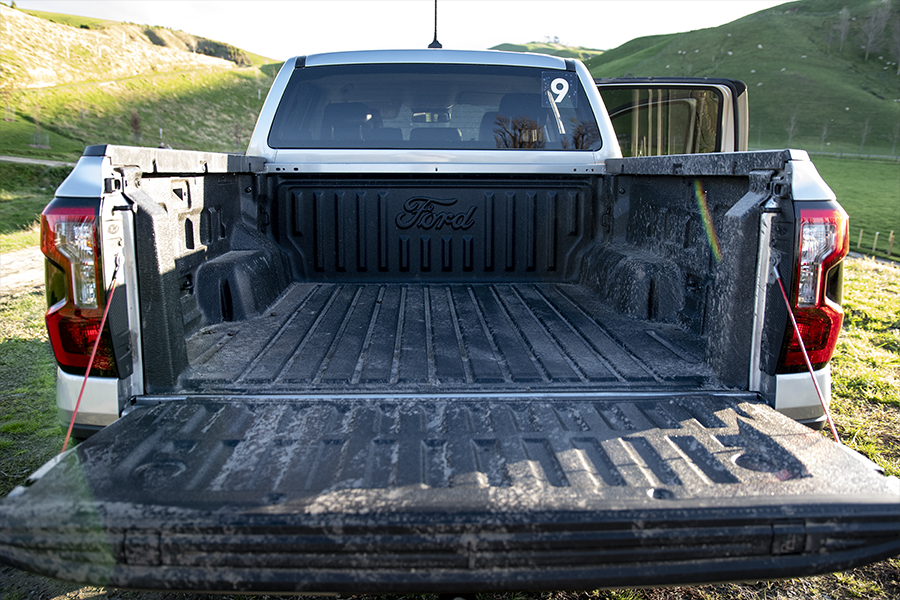
These elements come wrapped in a cabin that lifts the Ranger into a pseudo-upmarket realm that no other double-cab can lay claim to. It looks and feels like it could be a competitor for the much pricier and tech-laden Chevrolet Silverado and RAM 1500 segment, only it’s smaller. On the topic of size, the Ranger’s second-row facilities are one of the few areas where the new model doesn’t feel like it builds, with knee- and leg-room at a premium.
The brand has applied plenty of thought to its use of soft-touch materials, which appear in all the places you’d expect (shifter, steering wheel) and in some places you wouldn’t (the tops of the door cards in all models XLT and above).
Many of these touches, like the soft-touch door cards, the box step, the more capable engines, originated from interviews Ford staff held with customers around the world. Ranger testing was conducted globally in locations like Thailand, Vietnam, South Africa, Australia, and New Zealand, which each centre doubling as a feedback channel for engineers and designers wanting to hear what the outgoing Ranger could’ve done better.
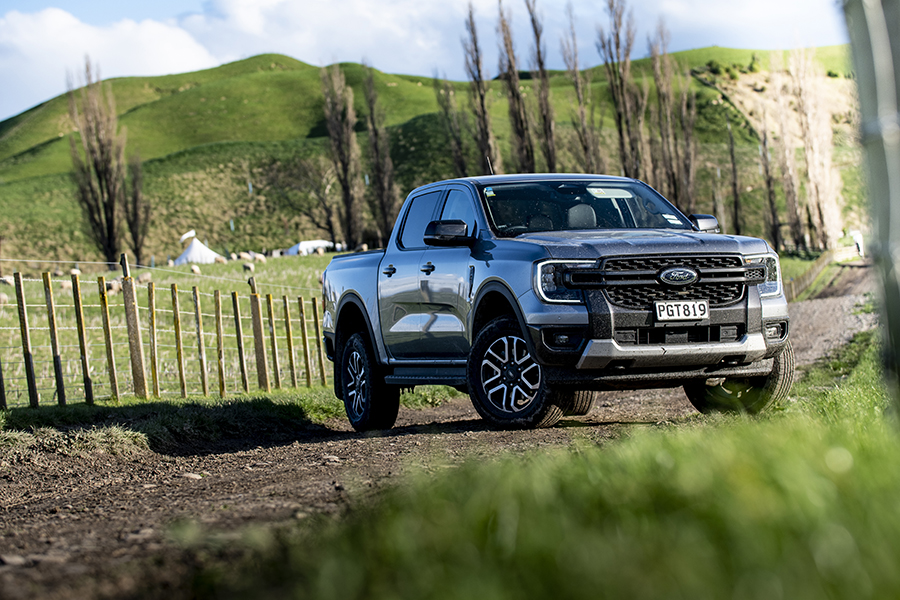
According to Ford, during its Ranger testing it performed the equivalent of 1,250,000km of customer driving and 625,000km off-road durability testing, while conducting approximately 5000 interviews with Ranger owners and generating some 1800 pages of field notes.
It did this while the Ranger was already considered by many to be the established leader of the ute segment. This is telling not only in the sense of underlining how serious Ford is about the segment, but also in explaining just how complete the Ranger feels to those who might have written the model off as just another update. The new Ranger feels like a paradigm shift, as the ute as we know it throws down one last hurrah.

